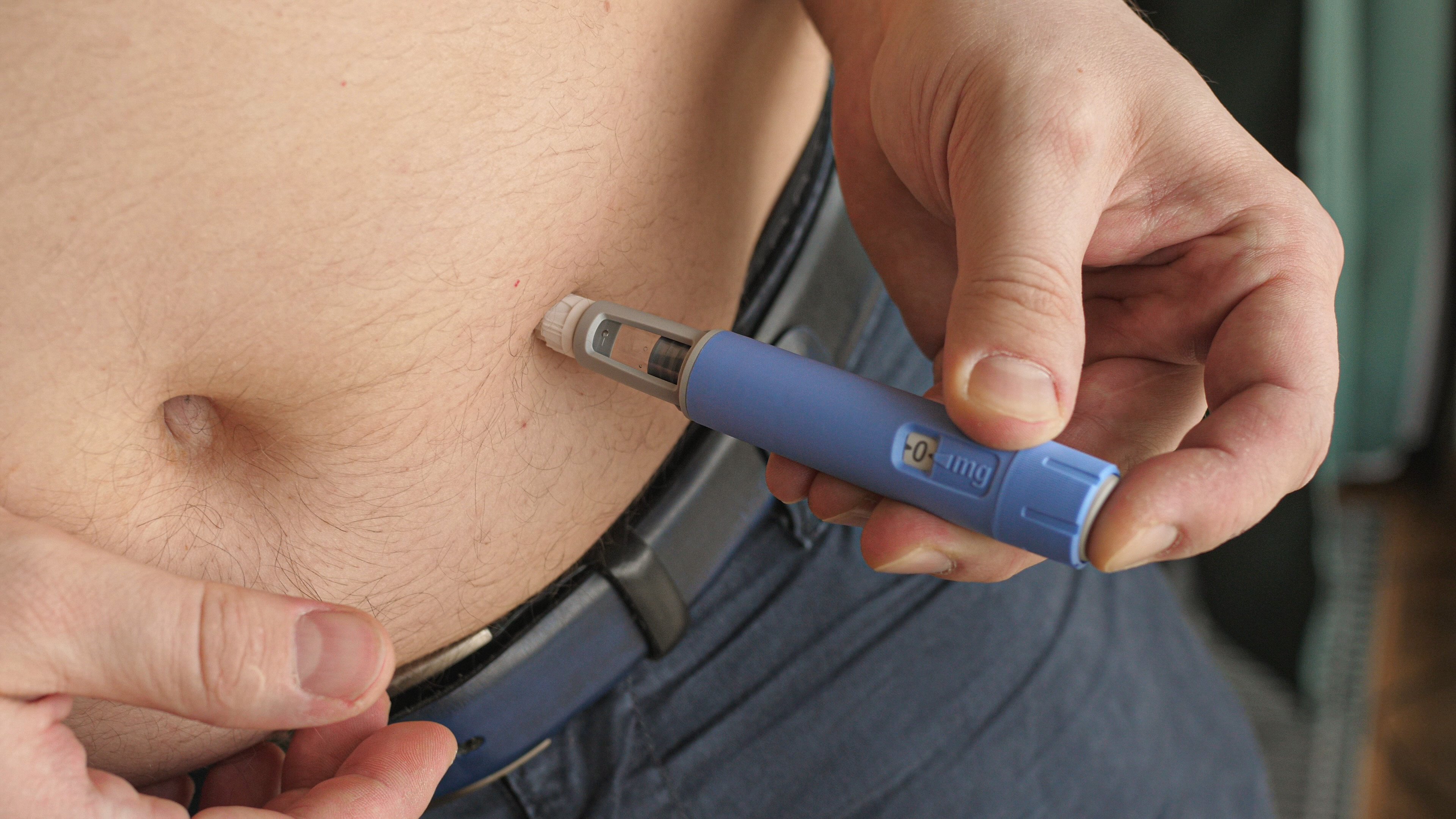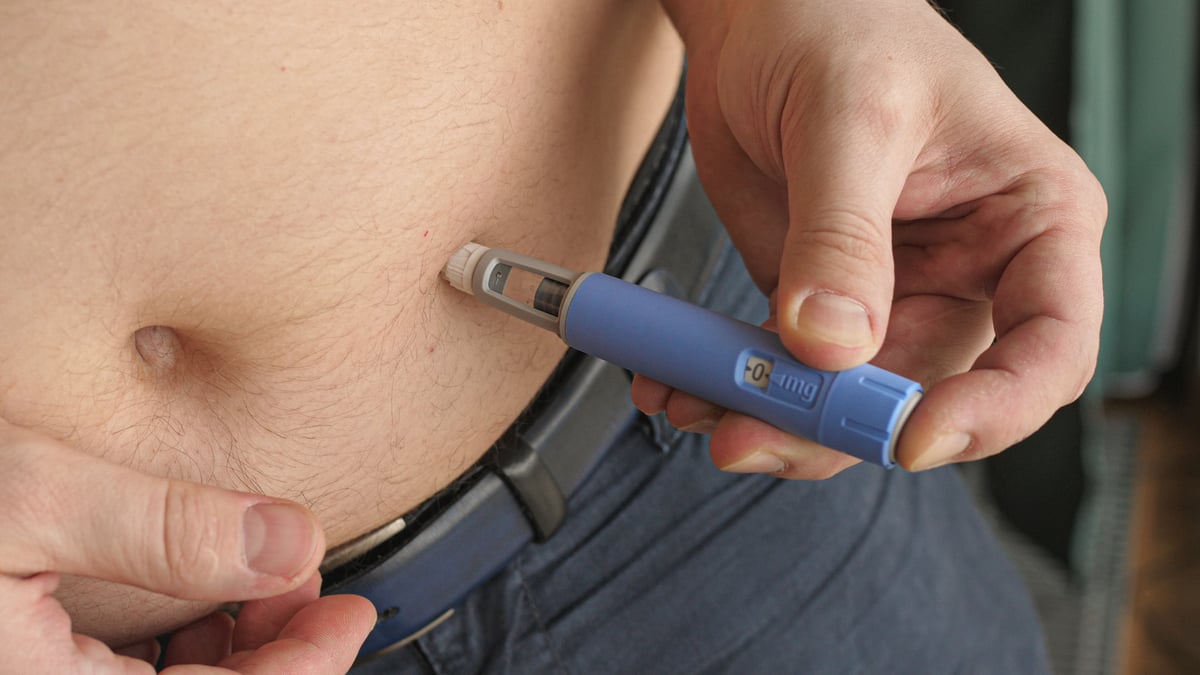With a market cap of around $730 billion, Eli Lilly (LLY 1.61%) is one of the largest pharmaceutical companies on planet Earth. It has a strong position in the emerging niche of weight loss drugs, with patent protections that extend into the mid-2030s. And there's a solid pipeline of drugs coming up, too.
Lilly is a very well-positioned drugmaker. But don't rush out to buy it just yet. Here's why.
Even a good business can be a bad investment if you pay too much
Benjamin Graham is probably best known today for his book The Intelligent Investor. He's also known as a famed value investor, the father of fundamental analysis, and the man who helped train Warren Buffett, the legendary CEO of Berkshire Hathaway. Simply put, Graham is the reason why Buffett takes such care to buy good companies only when they look attractively priced.

Image source: Getty Images.
One of Graham's maxims is that even a good business can be a bad investment if you overpay for it. Basically, a company's valuation matters, and you shouldn't ignore it. This is the key factor to consider when looking at Eli Lilly today.
Eli Lilly is a good business
Lilly is a pharmaceutical giant. It operates in a competitive industry that's highly technical. There's also the complication of patent protection on new drugs, which is provided for only a limited time. Every drug company has to balance investing in research and development against the patent cliffs it encounters as important patents expire.
Eli Lilly is no different from any of its peers in this regard. But it's particularly well positioned right now, while some of its peers are facing troubling patent cliffs in the next couple of years. Specifically, the company's weight loss drugs are not only in high demand, but they have patent protection until the mid-2030s. GLP-1 drugs Mounjaro and Zepbound are right at the center of what has been a huge growth engine for the pharma sector. That should help to power Lilly's performance for roughly the next decade.
That's great, but Wall Street is well aware of this fact. To start with, Eli Lilly's dividend yield is currently a slim 0.7%. That's well below the 1.2% of the S&P 500 index, and the 1.5% average yield for the overall drug sector. But, even more notable, Lilly's yield is near the lowest levels in the company's history. That hints very strongly that the stock is on the expensive side.

NYSE: LLY
Key Data Points
This view is backed up by more traditional valuation metrics. Eli Lilly's price-to-sales (P/S) ratio is around 14, versus a five-year average of 11.3. The company's price-to-earnings (P/E) ratio is near 54, compared to a longer-term average of 52.3. And the price-to-book (P/B) ratio is a touch over 40, versus a five-year average of just under 39.
To be fair, while the dividend yield hints at a very expensive stock, more traditional valuation metrics only suggest that the shares are modestly expensive. But either way you look at it, investors are not getting a low price when they buy Eli Lilly shares right now. Benjamin Graham probably wouldn't buy the stock today.
Make sure you're willing to pay the price
Lilly has, over the longer term, proven itself to be a well-run drugmaker. And it's positioned to take advantage of one of the most important trends in the pharmaceutical industry. But that good news looks like it's been priced into the stock.
Even though Eli Lilly has fallen around 15% from the highs it reached in 2024, most investors will probably be better off keeping this one on the wish list for now.





